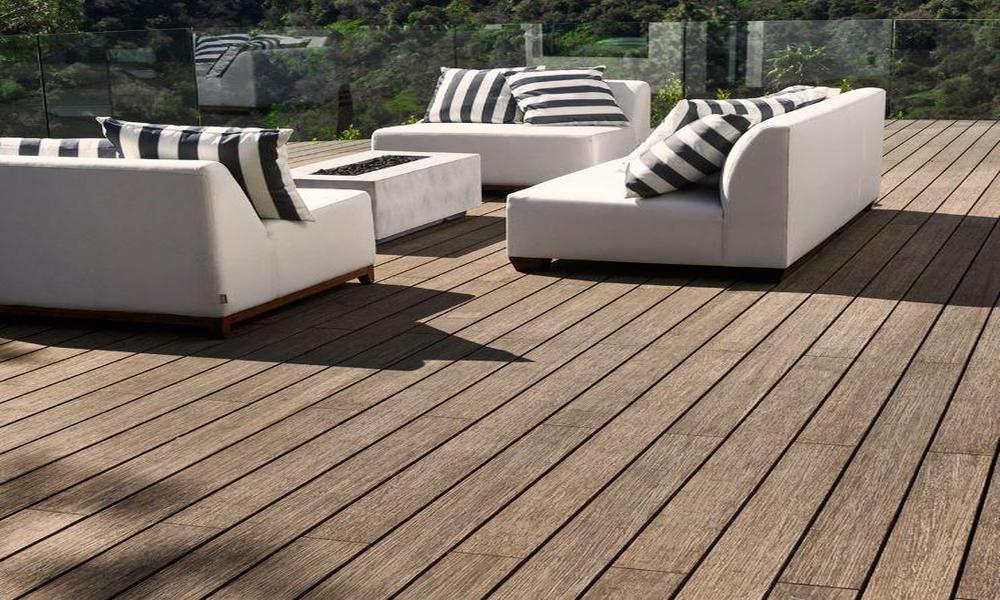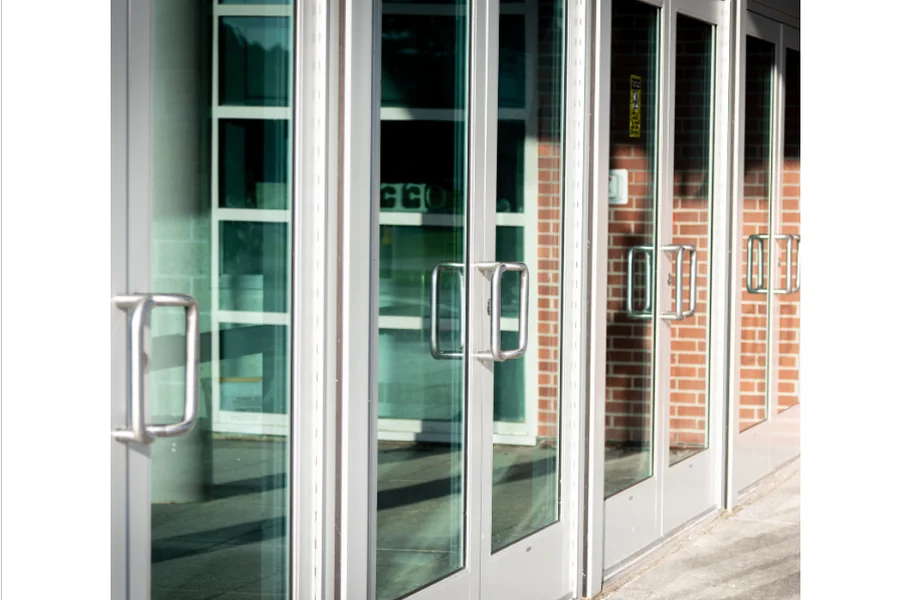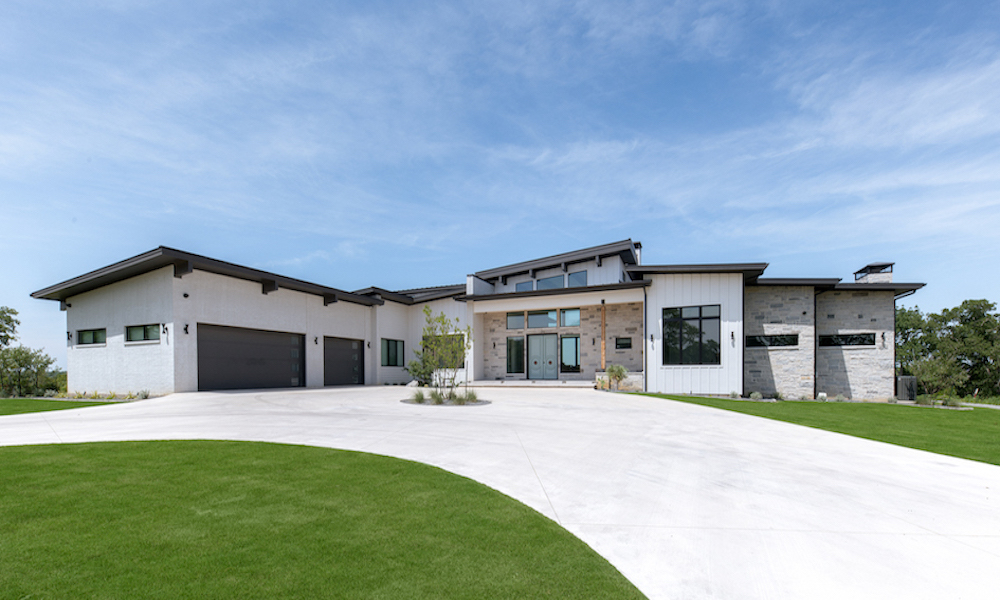Let’s learn more about decking flooring

All structural decking flooring used as walkway surfaces are included in floor decking. Wood, plastic, metal, or composite materials make up the majority of products.
Types of floor decking
Wood
Wood decking is relatively inexpensive, but it needs to be fixed and maintained frequently. Wood decking requires different cleaning techniques.
Plastic
Plastic decking is more expensive than wooden decking, but it lasts longer and needs less maintenance.
Despite its synthetic appearance, plastic flooring decking can expand or contract significantly with temperature changes.
Metal
Although metal decking is more expensive than wood or plastic, it is well-suited for demanding industrial applications. A steel deck is a type of floor decking supported by steel joists and constructed from cold-formed, corrugated sheets.
There are embossments included in some deck profiles that are made to work with concrete slabs. Others have perforated web elements that, when fiberglass insulation strips are installed, reduce noise reverberation.
Uses of Metal Floor Decking
The following is a list of five fantastic applications for metal floor decking and how they are assisting the construction industry:
Working Platform/Constructing a Balcony
When constructing a multi-story building, metal floor decking is a popular choice for providing a working platform. Wet cement is unable to support itself or be stabilized by reinforced steel alone. Metal decking is a cost-effective alternative for building balconies on high-rise developments because it is lightweight.
Stronger Permanent Shuttering
Shuttering that is both permanent and temporary can be installed using metal floor decking. For cement casting, metal decks can serve as permanent shutters that remain in place and form a strong bond between cement, metal, and cement. The entire structure is supported more securely by this flooring composite structure. This structure is stronger and more durable than cement slabs because it can withstand heavier loads and pressure.
Getting Less Thick Slabs
The thickness of a floor can be difficult to control if it is constructed traditionally, using only cement. For lightweight slabs, metal floor decking is useful. The floor’s strength may be compromised by the cement’s weight. On the other hand, if metal decking is added to the bottom, it makes the floor stronger and saves construction materials.
Improving Safety for Workers
If not carefully managed, construction sites can be dangerous places to work. Metal floor decking provides workers with a safer working platform that allows them to work at height for safety reasons. Both the laborers and the overall budget gain from this increased level of safety.
Wall Cladding and Roofing
Metal decks offer advantages beyond flooring. They are frequently used to cover roofs and walls. They are simple to install and significantly shorten the construction time. They might be able to speed up the entire building’s construction time.











